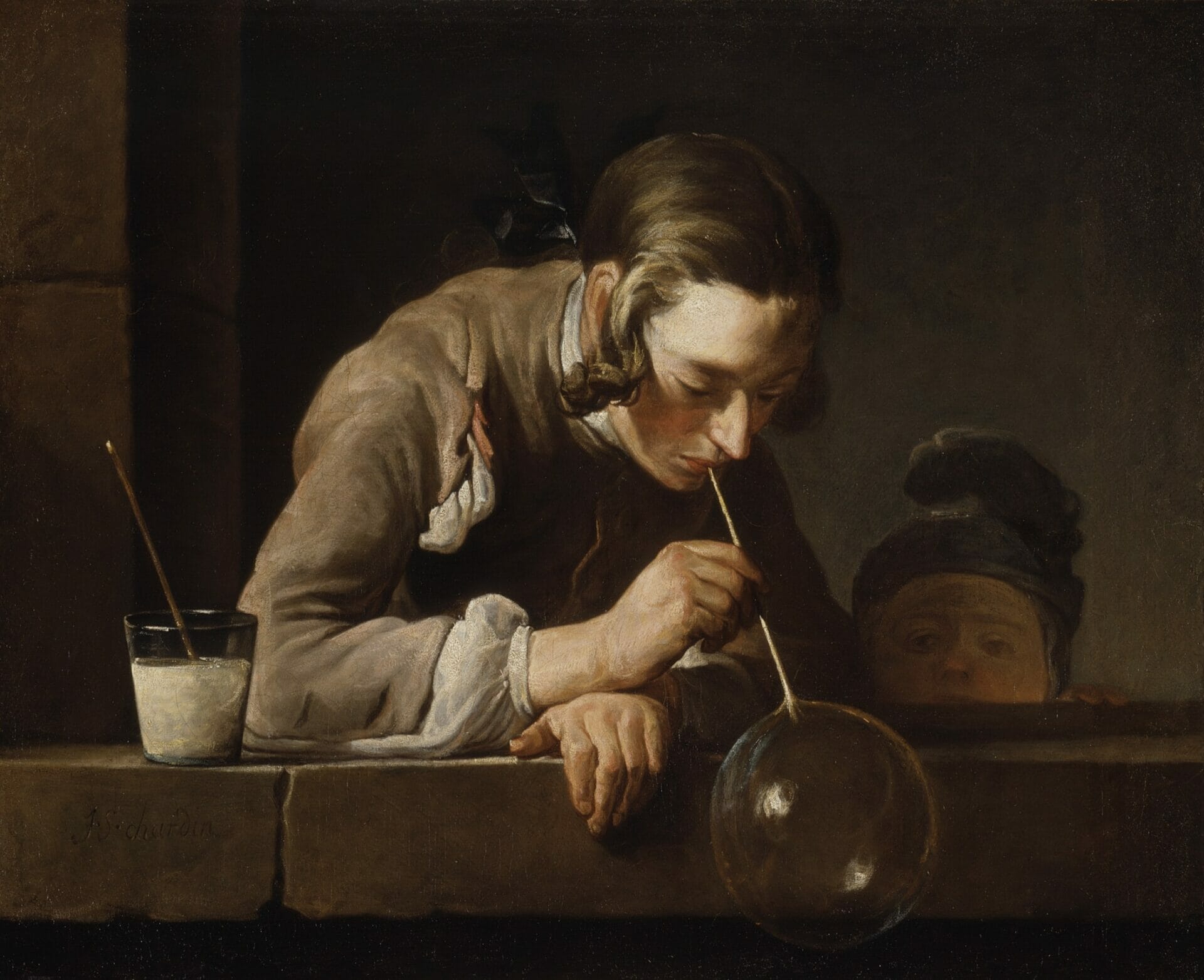
Life of Pi | A story that makes you suspend your disbelief
Author
Year
Format
Length
Original language
Genre
Written in 2001 and winner of the 2002 Man Booker prize, Yann Martel’s Life of Pi tells the story of a young boy, Pi, who survives for 227 days in a small lifeboat with a tiger. It is a strange story that works like a good religion. As Martel says, “it makes you suspend your disbelief”. According to the American writer Gary Krist, Life of Pi “could renew your faith in the ability of novelists to invest even the most outrageous scenario with plausible life”.
Initially rejected by five publishing houses, the book went on to sell more than ten million copies worldwide. In 2012 Taiwan-born director Ang Lee realized its film adaptation. It won four Academy Awards: Best Cinematography, Best Visual Effects, Best Original Score, and Best Director.
Part I: Pi’s childhood
At the beginning of the book, the reader finds an author’s note that “blends fact and fiction with wily charm”. It explains how he came across Pi’s story in an Indian cafè. In this way the author is not inventing anything but simply retelling an existing narrative.
The first part of Life of Pi is set in Pondicherry, India, where Piscine Molitor Pater, named after a French swimming pool and known to all as Pi, lives with his zookeeping family. These chapters describe Pi’s childhood, his inner curiosity, and his passion for zoology and religion.
In 1977, when Pi is sixteen, his family decides to emigrate to Canada and sell some of the animals to zoos in North America. The family and the animals embark on the Tsimtsum, a Japanese cargo ship. After a few days, there is a violent storm and the ship sinks. That’s when the second part of the book and Pi’s epic adventure at sea begin.
Embracing alterity: animals and religions
A hyena, an injured zebra, an orangutan, a Bengal tiger called Richard Parker, and Pi himself: these are the five survivors of the storm. Shortly afterwards, three of them succumb to a cruel struggle. Only the boy and the tiger remain alive on the lifeboat.
After his initial fear, Pi realises that he can’t survive without Richard Parker.
“It’s not a question of him or me, but of him and me […]. We were, literally and figuratively, in the same boat. We would live – or we would die – together.
And not only does Pi accept his co-survivor, but he also begins to rely on Richard Parker as well as on his own untamed, animal instincts. Life of Pi is thus more than a fantastic tale of adventures on the high seas: it’s a subtle account of encountering and embracing another way of being, regardless of the type of otherness.
Even before the shipwreck, Pi is described as an emphatic, open-minded boy with a strong, unusual interest in religion. He practices three of these – Hinduism, Islam and Catholicism – all at once. He doesn’t understand why he can’t be all three and believes, quoting Gandhi, that “all religions are true”.
A leap of faith
As the author assures readers at the end of Part I, the story has a happy ending. After several months of drifting afloat in blue water, Pi and Richard Parker eventually land in Mexico. Immediately the tiger – that has always maintained his animal, instinctive nature – disappears without ceremony into the jungle, denying Pi a human farewell.
In the third and final part of the book, two Japanese officials ask Pi to explain what happened after the shipwreck. After listening to his account, they don’t believe him and, annoyed by his story, insist that they would like to know what really happened. Thus Pi invents an alternative and more credible story, in which he substitutes the animals with humans. The zebra becomes a sailor, the orangutan Pi’s mother and the hyena the ship’s cook. Richard Parker represents Pi.
Life of Pi explores the complex, open and contradictory connection between science and imagination, reason and faith, animals and humans. As Pi says to the two officials, “you can’t prove which story is true and which is not”. Yet the better story requires a leap of faith. And it has a tiger in it.
Tag
Buy a ☕ for Hypercritic









